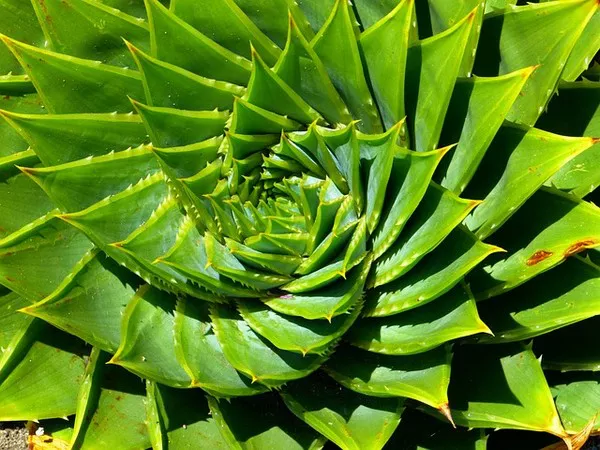Succulents have risen in popularity over the past decade, captivating plant enthusiasts with their unique shapes, colors, and adaptive abilities. These hardy plants are renowned for their water-storing capabilities, making them excellent choices for both indoor and outdoor gardening. Understanding the intricacies of how succulents grow can empower plant lovers to cultivate and care for these resilient species effectively. In this article, we delve into the fascinating world of succulents, exploring their growth patterns, environmental preferences, and the essential care they require.
Adaptations for Survival
Succulents have evolved in arid regions where water is scarce and unpredictable. Their growth patterns showcase remarkable adaptations that help them survive in challenging environments. One of the most striking features is their ability to store water in specialized tissues. The fleshy leaves and stems act as reservoirs, allowing succulents to endure prolonged periods of drought. This adaptation enables them to thrive in various climates, from deserts to semi-arid regions, where rainfall is sporadic.
Root Systems
The root systems of succulents are another critical aspect of their growth. Unlike traditional plants with deep root systems that search for water, succulents often have shallow but widespread roots. These roots efficiently absorb moisture from the soil, maximizing the utilization of any rain or water they receive.
Growth Patterns
Succulents display diverse growth patterns, contributing to their allure for collectors and enthusiasts. While most succulents are slow-growing, some species exhibit rapid growth in optimal conditions. Among the common growth patterns observed in succulents are:
1.Rosette Forming: Many succulents, such as Echeveria and Sempervivum, grow in a rosette shape. This form allows them to collect rainwater efficiently, directing it towards their central stem and roots.
2. Stem-Clumping: Some succulents, like Haworthia and Aloe, develop in clusters with multiple stems emerging from the same root system. This clumping strategy offers stability and aids in conserving water.
3. Trailing or Hanging: Succulents like Sedum morganianum (Burro’s Tail) possess trailing or cascading growth patterns, making them ideal for hanging pots or vertical gardens.
4. Geometric Shapes: Unique succulents like Lithops (Living Stones) and Conophytum boast geometrically intricate shapes that help them camouflage in their arid habitats.
Light and Temperature Requirements
Succulents have varying light preferences, depending on their natural habitats and species. Most succulents thrive in bright, indirect light, but there are exceptions. While some prefer full sunlight, others require partial shade to prevent sunburn on their leaves. It is crucial to observe each succulent’s specific requirements to ensure proper growth.
Regarding temperature, succulents are generally adapted to warm climates. They prefer temperatures between 60°F to 80°F (15°C to 27°C) during the growing season. In colder months, some succulents can withstand brief periods of light frost, but prolonged exposure to freezing temperatures can be fatal.
Watering and Soil
Watering is a crucial aspect of succulent care. Overwatering is a common mistake, as these plants are susceptible to root rot if their soil remains excessively moist. Instead, it is best to follow the “soak and dry” method. Water the plant thoroughly, allowing the water to reach the root system, and then let the soil dry out completely before watering again.
The ideal soil for succulents is well-draining and porous. A mixture of potting soil, sand, and perlite is commonly used to achieve the right balance of moisture retention and drainage.
Propagation
Succulents are remarkably easy to propagate, making them ideal candidates for expanding your collection. Common propagation methods include:
1.Leaf Cuttings: Simply remove a healthy leaf from the parent plant, let it callous over for a day or two, and then place it on well-draining soil. After a few weeks, roots should begin to develop, and a new plant will form from the base of the leaf.
2. Stem Cuttings: Cut a healthy stem from the parent plant, allow it to dry for a few days, and then insert it into well-draining soil. Similar to leaf cuttings, roots will eventually develop, leading to a new succulent plant.
3. Division: Clumping succulents can be divided by carefully separating offsets or baby plants that emerge around the base of the parent plant. These can then be replanted in their own pots.
Conclusion
Succulents are captivating plants that offer endless possibilities for both experienced gardeners and novices alike. Understanding how these hardy and adaptable plants grow is the first step towards successful cultivation. From their water-storing abilities to their diverse growth patterns, succulents continue to inspire plant enthusiasts worldwide. By providing the right conditions, proper care, and attention, anyone can enjoy the beauty and rewards of growing these unique botanical wonders.


